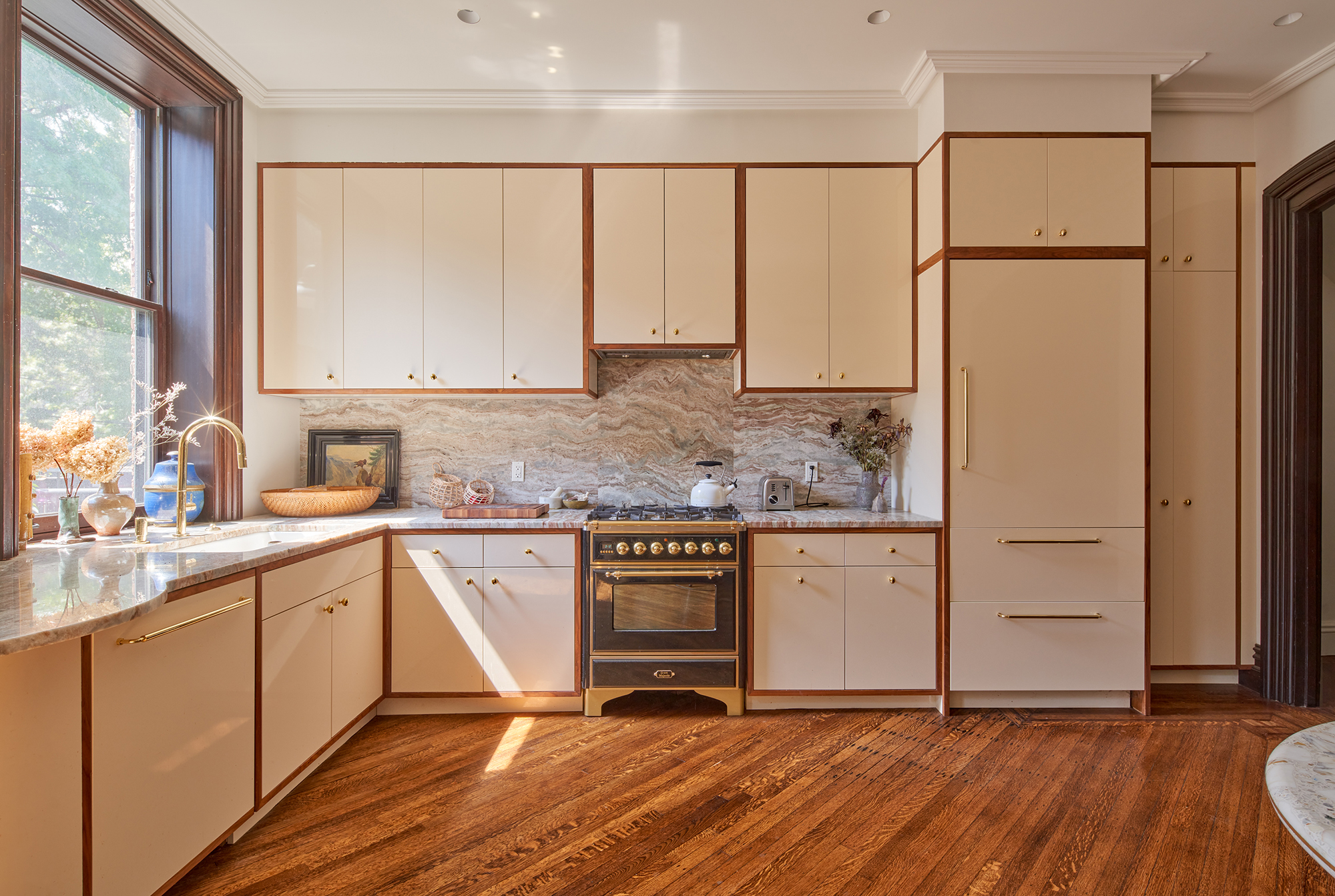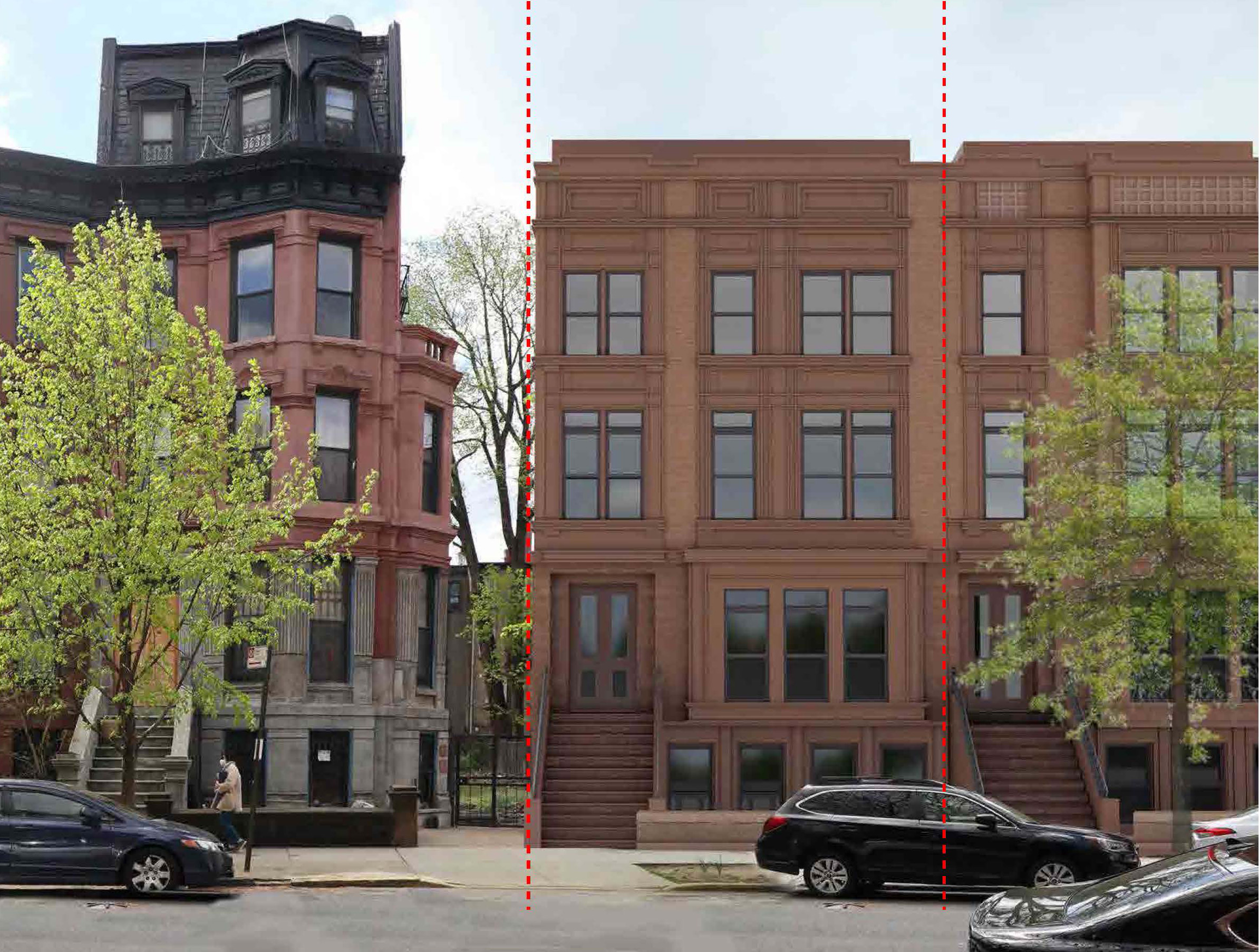Outlook 2007: Longs and Shorts
Note: We’re moving this post up from yesterday to encourage more input.Welcome to the third annual installment of our market prognostications. Last year, we picked Prospect Heights and Carroll Gardens to outperform and Williamsburg to slump, which in retrospect look like pretty good calls. As for next year, our eyes will be on the areas…

 Note: We’re moving this post up from yesterday to encourage more input.Welcome to the third annual installment of our market prognostications. Last year, we picked Prospect Heights and Carroll Gardens to outperform and Williamsburg to slump, which in retrospect look like pretty good calls. As for next year, our eyes will be on the areas bordering Prospect Park that have the location and housing stock on their sides but have yet to attract widespread interest from the gentrifying crowd. We’d also be front-running the newly Brooklyn-focused Landmarks Preservation Commission by looking in spots like the soon-to-be-designated Crown Heights North. On the downside, it’s hard to see how increasing supply of run-of-the-mill condos coming on line in Williamsburg won’t continue to put downward pressure on prices. We’re not as wary about the effect of Atlantic Yards on surrounding real estate as some and continue to think that Prospect Heights has a lot to offer. As has been mentioned before, quality brownstones should continue to find buyers while those in more marginal neighborhoods and lacking architectural detail will likely have a tough time. Looking back on last year’s post, we can be thankful that we got our wish of a gourmet market (sorta) in the form of Choice. Now if we could just get a friggin’ cheese shop we’d be really psyched.
Note: We’re moving this post up from yesterday to encourage more input.Welcome to the third annual installment of our market prognostications. Last year, we picked Prospect Heights and Carroll Gardens to outperform and Williamsburg to slump, which in retrospect look like pretty good calls. As for next year, our eyes will be on the areas bordering Prospect Park that have the location and housing stock on their sides but have yet to attract widespread interest from the gentrifying crowd. We’d also be front-running the newly Brooklyn-focused Landmarks Preservation Commission by looking in spots like the soon-to-be-designated Crown Heights North. On the downside, it’s hard to see how increasing supply of run-of-the-mill condos coming on line in Williamsburg won’t continue to put downward pressure on prices. We’re not as wary about the effect of Atlantic Yards on surrounding real estate as some and continue to think that Prospect Heights has a lot to offer. As has been mentioned before, quality brownstones should continue to find buyers while those in more marginal neighborhoods and lacking architectural detail will likely have a tough time. Looking back on last year’s post, we can be thankful that we got our wish of a gourmet market (sorta) in the form of Choice. Now if we could just get a friggin’ cheese shop we’d be really psyched.
Market Predictions for 2006 [Brownstoner]





When in the history of New York has a big residential development made surrounding property values go down? I don’t mean that faceitously; I’m just curious if anyone has historical examples. It seems to me that, regardless whether you like or hate the AY plans, it’s hard to believe that surrounding property values will actually go down, especially given that the development is, for the most part, being built over the rail yards, which are a crappy area now.
Should never short in housing(not even sure how one does that)….and it all (NYC)goes up together, goes down together or stays same together.
Maybe with some good press and buzz one neighborhood may be all the talk and generate more than its share of interest – and as last years buzz fades about another will weaken to norm.
And if a slew of new buildings open in one area – it can make it appear from misused stats that sale prices are ‘up 25%’. But existing stock will follow citywide trends with slight variances.
If the new housing resulting from AY is actually decent, then the nearby brownstone alternatives won’t have as much appeal.
If the new housing resulting from AY sucks (and it probably will), then no one will want to live near it.
Of course there’s the differentiated housing stock argument. I guess we can always seek consolation in that when we see the Fedders sign appear next door.
I believe that the area between grand and franklin on the bed-stuy/clinton hill border, will continue to improve. it has already changed so much in the past three years it will continue to do so. the building on franklin ave. is intense as are the increases in new business. a new bakery one day,a boutique the next. amazing revitilization.
LOL. oh man i just posted on the wrong one. I posted on last years instead :p.
anyway i think clinton hill, prospect heights, greenwood heights, long island city. will continue to gentrify and add value.
services are being added at the moment in those area’s and have more amenities.
places that would go down are bed-stuy, bushwick(not lol”east williamsburg” part of bed-stuy) they lack amenities.
sunset park(too many immigrants buying into area for american type of gentrification, they have their own stores and so on)
red hook no subway and huge projects around the corner. so short term it sucks, but long term they could be full of rich folks, its isolated and perfect for people who could afford drivers or cars but thats probably decades away.
its near enough to all the nice areas.
hmm thats about it for me :p.
Outlook 2007: middle class getting smaller and smaller
$900K for a house in Sunset Park? Goodbye average joe. Hello Starbucks target market.
I agree with the other posters that Ditmas / Victorian Flatbush will continue to flourish next year.
No opinion to offer on AY.
I think the primary difference b/t MSG and the AY plan is that the AY arena is really a small portion of the AY project. AY is really about the 16 odd residential and office towers that are being built. The arena, imo, was really a move by Ratner to garner some support from sports fans and others in Brooklyn and the city generally (though the arena has had the opposite effect for those opposed to the entire AY project). Personally, if there was no use of eminent domain and the arena was removed, I’d most likely be in support of the project.
The proposed arena is located at the intersection of Flatbush and Atlantic, which is a spot that will never really be a low rise residential destination. Many of the nearbyblocks of brownstone neighborhoods (which are separated from the arena by large roadways such as Atlantic and Flatbush) are landmarked or are not zoned for commercial use (i.e. they are rows of brownstones) so an influx of MacD’s and other such places is not going to occur on those streets. I would not be surprised to see several of those types of fast food outlets in the commercial spaces of the AY project as a whole, but I think the spread of such stores will not be as viral as the real customer base for such services will be those attending arena events, not the brownstone neighborhoods.
That’s how I see the difference from MSG.
I agree with 9.54’s assessment that AY will have a positive long term effect on values, but think that in the immediate future (i.e. during construction) the area that will experience the a downside will be Northern Prospect Heights as there is no major roadway separating it from the AY project. Ft. Greene is buffered by Atlantic Avenue. All other neighborhoods in the proximity are far enough away not to be materially affected by the construction from a property value point of view (Clinton Hill, Park Slope, Boerum Hill are all far enough away and/or separated by major streets that act as buffers of sorts).
Over time, I think PHeights will experience a rise in value as a result of the project for the reasons noted by 9.54am (differentiated housing stock). So I think Prospect Heights, especially blocks further from the AY construction site, is a good long term investment.
I agree with Brownstoner that PH/Crown Heights border is a good long term bet for conversion of old warehouses and other development.
J.D. 10:08 AM
I’m interested to know why AY is not comparable to MSG. When complete, I see AY as sort of a second rate verison (multi-use arena near a transit hub). Some established residential areas near by (Murray Hill in Manhattan vs. Fort Green, Boreum Hill and Park Slope in Brooklyn). Higher expected auto traffic in AY is different and damaging as I think more people take mass transit to MSG than AY.
Certainly commercial rents and commercial property near AY will increase in value as the Dunkin Donuts, Starbucks, Subways and Mcdonalds of the world will displace the mom and pop businesses that we all love. Those types of stores are willing to pay rents that don’t make sense for mom & pops. Residential property value prospects are less clear to me. My personal opinion of Brooklyn will be diminished since I’ve always liked the low rise, low density style. The history of the City however has been that higher population density = higher real estate values. AY will certainly bring population density.